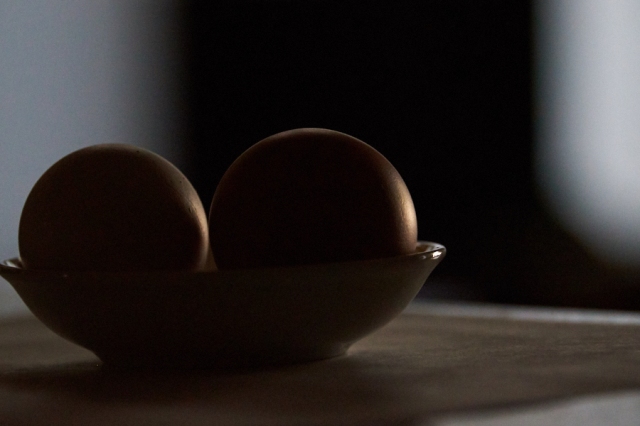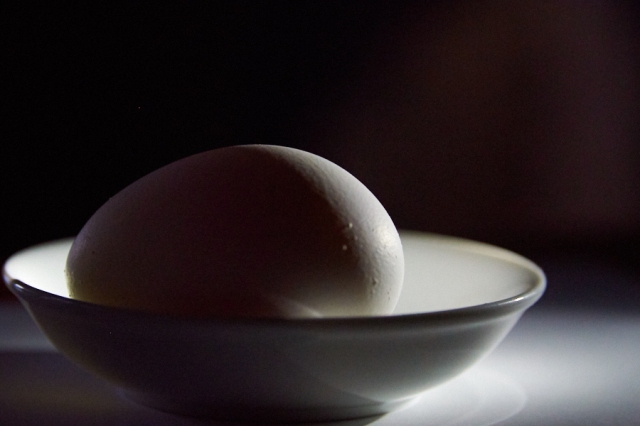
The word photograph is derived from two Greek roots: photo or light, and graph, to write.
Throughout this learning journey, each blog emerged from the previous blogs creating an unplanned exploration of creation with a camera. Today’s blog which is being guided by H Zehr’s, discussion of light (The Little Book of Contemplative Photography) has suggested to me that an effective study guide of photography should introduce the topic of light as part of compositional and technical topics. Why? Because as Zehr writes:
To photograph is to draw with light. To photograph is to receive and hold light; a photograph is ‘frozen light.’ Light is the essence of photography. Without light, there is no photograph.
Light and its absence—shadow—are the essential building blocks of all images.
Light defines and reveals. It can convert drama or quietude. It an show texture or hide it. It can suggest warmth or coldness. It captures our attention, leads our eye.
Attention to light will…dramatically heighten your overall visual awareness and improve your photographic eye.
The Five Characteristics of light
- Quantity: The brightness or dimness of light guides a photographer in her adjustment of aperture and shutter speed settings and use of a tripod or neutral density lens in order to provide the correct exposure and aid the photographer in creating her intention.
- Quality: The hardness and softness of light.
Zehr writes, “The most emotive characteristic of light is it’s hardness or softness. On one end of the continuum of quality there is light that is highly directional and comes from a relatively small source (relative to the subject). Hard light brings out bright areas with hard shadow lines. Transitions from light areas to dark areas are often abrupt. Hard light can be dramatic, theatrical.
Soft light is diffused light. This is light created by a relatively large light source traveling through clouds or cloth. The light on an overcast day is diffused light, as is the light coming through sheer window drapes or reflected off light walls. Diffused light can gently suffuse the subject with light. Transitions from light to dark are gradual, with soft-edged shadows. Diffused light often provides better ‘modeling’ or three-dimensionality, because the light gradually falls off as the distance away from the light source increases.
3. Direction: Sidelight tends to show up textures because the light skims rough surfaces, causing rhythms of light and shadow that suggest three-dimensionality. Sidelight also maximizes three-dimensional of the subject.

Backlight may cause the subject to be outlined in light but, if there is insufficient light from the front, the subject may look too dark.
Direct frontal light lights the subject evenly, often minimizing three-dimensionality.
4. Contrast – the differences between light and dark areas within an image. A scene or image that has great differences between light and dark is said to be high contrast or “contrasty.” A scene or image the has less significant differences and more gradual transition is said to be softer or less contrasty. Overall contrast refers the extremes of light and dark in the image or scene as a whole. Local contrast refers to the extremes or transitions in some part of the scene or image.
5. Color – a characteristic of light that we often overlook because our eye makes automatic adjustments of which we are unaware. Films and digital sensors are sensitive to light color. The white balance on a digital camera attempts make appropriate adjustments. You may have heard photographers talk about the ‘sweet light” of evening – light that is warmer and more diffused than earlier in the day. Light color has some significance in black-and-white photography because film does not see color the way the eye does.
Exercise 1: Warm up exercise
Spend some time looking at a black and white photograph to examine the light in the image and pay attention to the graduations of tones.
Where is the light in the image?
Where are the shadows?
What is the source of light?
What characteristics does the light have — hard vs soft, contrast, color
What shapes, forms, movements does the light create or suggest
How does the light affect the movement of your eye
What are the emotional effects of these characteristics of light
Exercise 2: Playing with Light
Photograph an object that you can move around
Photograph in a relatively dark space
Use one or more light sources; i.g., diffused light from a window that has some sheer material or bounce light off a wall or a white poster board. A directed or ‘spot’ source can be created with a flood or spotlight in a clamp or a desk light.
Use only one light source at a time. Try shining the light from different directions (including low rand higher angles) by either moving the object or the light source.
As always, I am looking forward to seeing the images that you created as you played with light. Which light is your favorite? Let’s tag with #aphotostudy.









You must be logged in to post a comment.